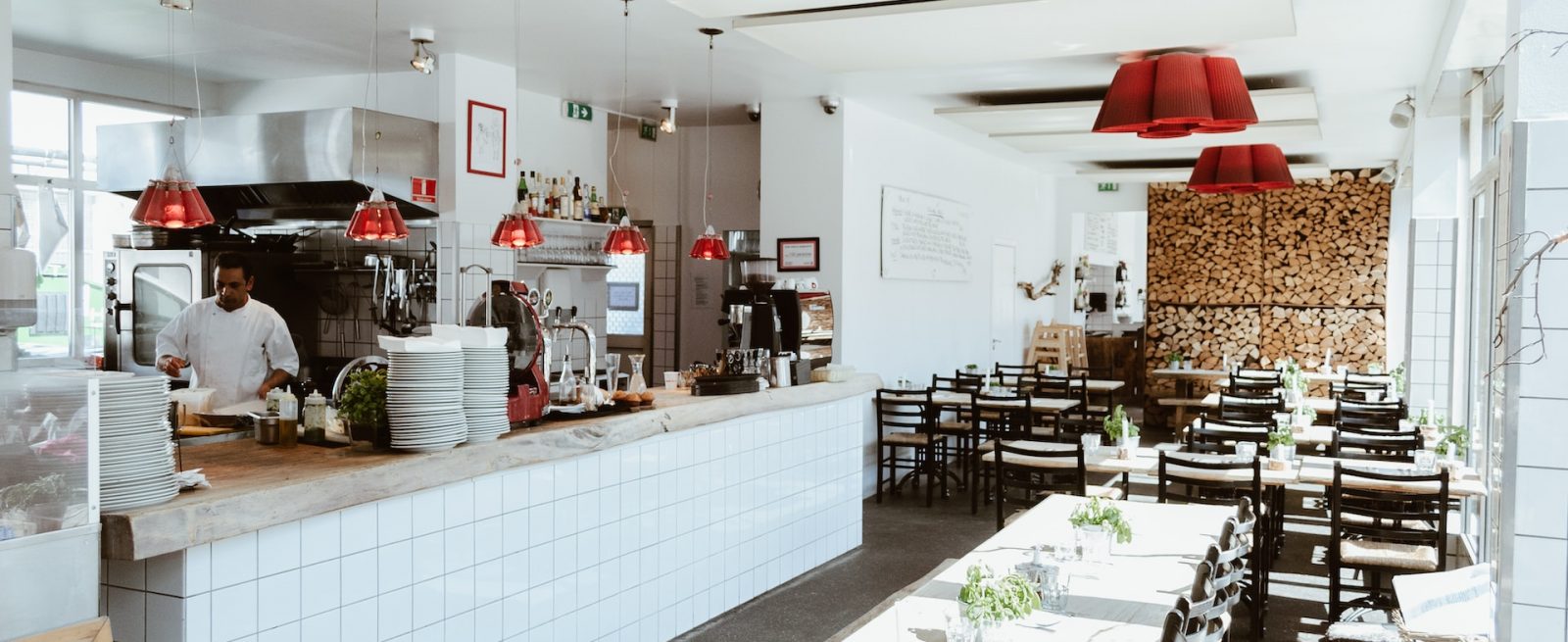How Automation Is Driving Restaurant Sales Right Across the U.S.
4 Min Read By Ben Bellettini
The restaurant industry has embraced technology and, of late, it’s been at the leading edge. From the humble QR code, which quickly became a mainstay during the pandemic, to recent reports of “digital-only” restaurants, tech is starting to define service for restaurants and customers alike.
There has been an avalanche of commentary and analysis on how automation and AI have collectively helped restaurants cope with now all-too-familiar challenges: labor, supply, inflation. But it’s not all about coping and survival – or it shouldn’t be.
Traditionally, technology also equips humans (and businesses) with tools that they can use to thrive. And with a sustained uptick of restaurant spending – January 2023 was up 24 percent on the same month last year, according to the US Census Bureau – the conditions are ripe for flourishing.
So how can automation help restaurants cut costs, maximize sales, and boost their bottom line? Here are five ways it’s already happening:
1. Customer Experience
Any business person will tell you that the best way to boost revenue over time is to make such a great impression that new customers keep coming back for more. Building a loyal fan base is all about creating great experiences and, for this, automation can be a very useful tool.
A recent survey found almost half of consumers said they would become repeat customers of a business that offered a personalized experience. Worryingly, in the same study 3 in 5 respondents said a business would lose their loyalty if what they’re offered is “un-personalized.”
In a restaurant setting, personalization often lies in making informed menu recommendations – something automation excels at. Using customer data, AI systems can make inferences about what items may suit their tastes. Getting it right can also speed up selections and reduce wait times for other customers.
Many restaurants are using voice AI to make such suggestions over the phone, at the drive thru, and at restaurant kiosks. The same technology can also be used to efficiently provide customer support, like additional menu information. In a demanding new world where customers say they’re only willing to wait 30 minutes or less for food, pleasing customers and processing their orders and questions quickly is undoubtedly a win.
2. Cross Selling and Upselling
While busy employees may sometimes miss the opportunity to upsell or cross sell, AI can be programmed to reliably drive sales and recommend higher-priced items to customers that are likely to purchase them.
When voice AI solutions are used for placing orders as opposed to in-person or mobile ordering, some data has shown that the average order value increases by 20-40 percent.
A voice assistant can look through the menu and promote something that goes with the customer’s order. So, if a customer orders a burger, the technology can prompt, “Would you like fries with that?” as the order is being placed.
Voice assistants are designed to recognize and act on these opportunities, unlike employees who may not keep this top-of-mind.
3. Automating Tasks
We know by now that restaurant staff can be spread too thinly, and by automating tasks a business can free up labor resources, which can then be redeployed elsewhere. But it’s important to remember that task automation can directly bolster the bottom line too.
In restaurants across the U.S., AI-powered voice assistant phone ordering systems are vastly increasing the number of orders that restaurants can process simultaneously. Many can handle multiple calls at one time, meaning no call is left unanswered – or on hold – while an employee serves another customer. Every dime of revenue can be captured before it falls through the cracks.
Similarly, by using AI systems to track customer ordering and manage inventory businesses can prevent shortages and having to “86” popular items, which can disappoint loyal customers and lead to missed opportunities.
4. Consumer Insights
We’ve already talked about how customer data can fuel recommendation algorithms and lead to a more personalized experience for customers, but it can also help shape menu development and ensure a restaurant is selling food that hungry customers love.
AI can train on data that combines information on what customers are buying, food trends, and the seasonality of ingredients and make recommendations to a restaurant owner about what to offer and promote to maximize sales and margins.
For example, soup might be popular in the winter but not so much in the summer. Instead of guessing, restaurants can rely on data-backed analytics to make sure that they are offering items that are popular during the time of year when they are likely to be ordered.
5. More Engaged Staff
Okay, this one is a bit of a cheat because it’s really about making the customer experience exceptional, but it’s worth underscoring that introducing automation can help unburden staff so that they can be more engaged.
If employees can focus on making great food and creating a hospitable environment, then customers are more likely to come back and spend more.
Too often these days, valuable workers are working under stressful and frustrating conditions, completing manual and repetitive tasks that don’t provide much job satisfaction. By automating tasks – like the ordering process – restaurants can create a better working, dining, and takeout experience for everyone involved.
As the restaurant industry turns a corner, new ways of doing more with less are emerging. Smart business owners are looking to new tools and technologies to help them in their efforts to maximize sales, and automation is already chief among them.


